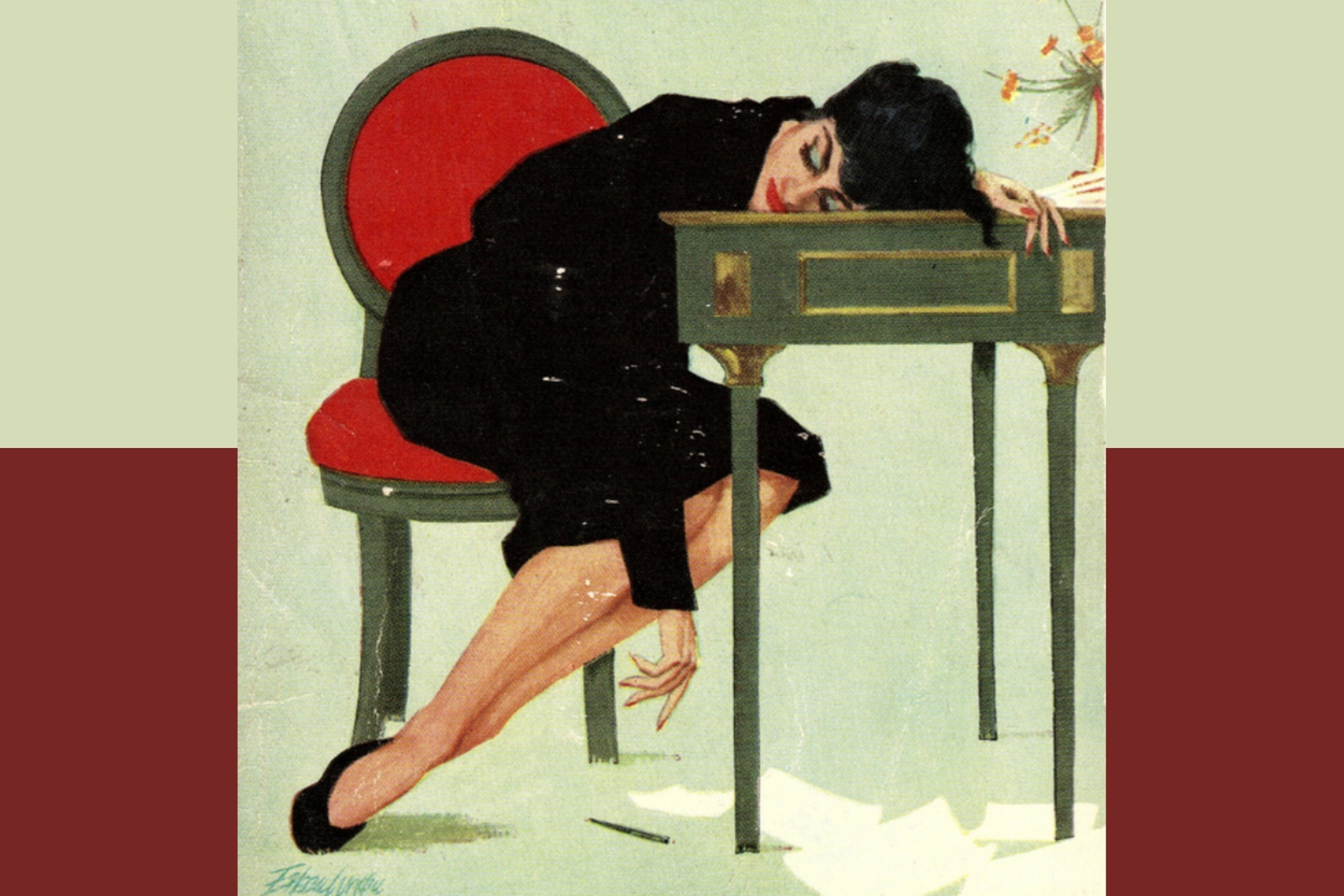
Cosy crime, or cosy mystery, is a sub-genre of crime fiction; where any murder or crime occurs offstage, and the narrative focuses on the investigation rather than the gruesome details. Think Agatha Christie’s Miss Marple series compared to the more gritty and thrilling Crime novels of John Grisham or even Sherlock Holmes. Other cosy crime examples include the Thursday Murder Club series, Murder, She Wrote and (my favourite) Alexander McCall Smith’s The No. 1 Ladies’ Detective Agency.
“Cozy crime gives you a puzzle, not a panic attack," says literary critic Fiona Matthews. "You get the thrill of mystery, but in a world where good people win, and bad people are unmasked. There's order at the end of it all”. This is the quintessential DNA to a cozy crime. These stories let us flirt with danger, but never feel endangered. There's no gore, no gritty autopsies, no existential dread. Instead, there are knitting clubs, local fêtes, and amateur sleuths solving crimes between cups of tea. Also, these murder mysteries are often set against a typically English backdrop of, as former British Prime Minister John Major once said, "long shadows on county grounds, warm beer, invincible green suburbs".
image
So how popular is it really?
US book sales by genre in 2022, 2023, and 2024 show romance and mystery/thriller consistently dominating, with fiction steadily rising and nonfiction declining in recent years. Richard Osman, the poster boy for this new wave of cosy crime, has been making a mark on The New York Times's bestseller list. “Around the world I think people love British humour and warmth. And also British murder, of course” he says. "I just wanted to write an Agatha Christie-style thriller but with some humour and with a modern twist. A book I’d love to read, but couldn't find. I'd never heard the term 'cosy crime'.”. Furthermore, crime, thrillers and mystery novels are consistently the most popular genre in the UK and continuing to grow, played in no small part by Osman and his fellow cosy crime creators
A lot of sources indicate this sharp rise in the popularity of cosy crime is predominantly linked to the current societal yearning for resolution and a happy ending in a somewhat tumultuous world. Aka, escapism. Yet that can’t be the be all and end all of its seismic growth in popularity.
Cozy crime is unusually discoverable in ecommerce ecosystems because the sub-genre fits perfectly with how online retail algorithms, category structures, and user-behaviour patterns work. Cozy crime books use clear, repeated markers that algorithms love: “cozy mystery,” “amateur sleuth,” “small-town mystery,” etc. This makes it easier for retailer algorithms (Amazon, B&N, Kobo) to categorise and recommend them accurately. What's more, being a highly series driven genre - readers binge, completion rates are high and with each purchase a “Customers also bought…” avenue is opened, meaning one sale can fuel a chain of automated recommendations.
image
There is also a noteworthy visual aesthetic to cosy crime novels that helps it sell so much. Cosy crime covers heavily (and deliberately) use titles and visual items that communicate immediately that it’s a cosy crime novel. Allowing the reader to identify the genre instantly in a thumbnail. Readers scrolling through Amazon or B&N for instance, can spot a cozy mystery at a glance because the cover art tends to stick to a consistent aesthetic featuring illustrations of animals, teapots, small shops, often in bright colours. These symbols act as visual shortcuts, telling shoppers exactly what they’re getting - a gentle, charming mystery with a comforting tone - “nothing too dark happens here”. This instantly distinguishes a cozy mystery from high-stakes crime thrillers, which typically use dark colours, gritty photos, shadowed figures, weapon imagery.
image
Television is garnering interest in cosy crime, from The Thursday Murder Club and Only Murders in the Building to Harry Wild and Sister Boniface Mysteries, vast new audiences are being introduced to the tone and appeal of the genre. Television also shapes how cozy crime is perceived, evolving an old-fashioned whodunnit perception to one of a more of a comfort-watch with edge.